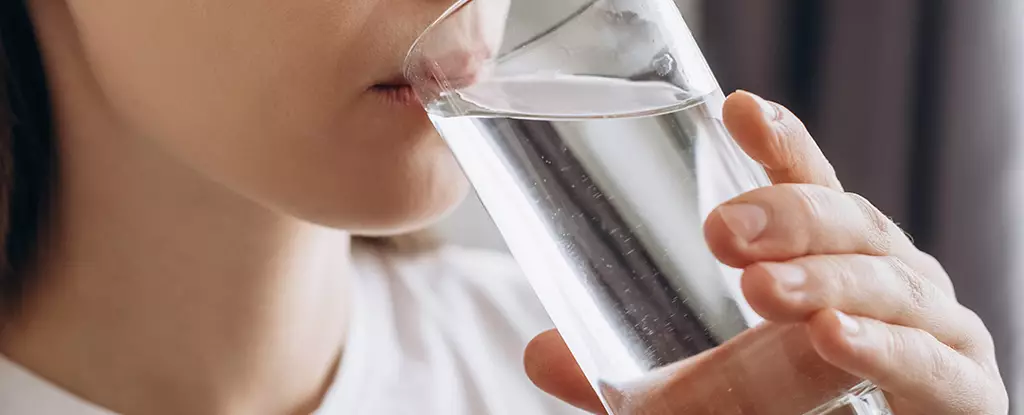Microplastics have emerged as an alarming and ubiquitous contaminant, infiltrating our bodies through food and beverages, predominantly via tap water. The implications of microplastics on human health are still being unraveled; however, a groundbreaking study reveals a straightforward and practical method for their removal from drinking water. Researchers from Guangzhou Medical University and Jinan University in China have investigated the efficacy of boiling and filtering water to eliminate these tiny plastic particles.
The Research Endeavor
The study primarily focused on differentiating the effectiveness of removing microplastics from soft and hard tap water. The team’s findings, published earlier this year, raise significant concerns given the rising levels of nano/microplastics (NMPs) detected in drinking water—a product of inadequate filtration systems worldwide. The research highlights the urgent need to address these contaminants, which pose potential health risks through consumption.
In their experimental design, the researchers introduced NMPs into controlled samples and evaluated the results after boiling and filtering the liquids. The results were striking; in some instances, up to 90 percent of the NMPs were eliminated. This high level of efficacy was contingent upon the mineral content of the water. Hard water samples, which are naturally rich in calcium carbonate, demonstrated a higher capacity to trap plastic particles due to the formation of limescale.
The boiling process serves a dual function: it heats the water to a point where calcium carbonate precipitates, which subsequently clings to the microplastics, and the filtering process removes these aggregates. The study discovered that this method was not only effective but also accessible, enabling households to utilize common kitchen implements like tea strainers to rid their drinking water of NMPs. Even with soft water, the boiling and filtering method still showed promise, capturing about a quarter of the plastic pollutants.
This aspect of the research opens paths for widespread adoption since many households routinely boil water for safety, especially in regions where water quality may be suspect. While boiling water has traditionally been a practice in some cultures for reasons of safety and taste, the study suggests it could also contribute to reducing the plastic burden in our diets.
The widespread presence of plastics—including polystyrene, polyethylene, polypropylene, and polyethylene terephthalate—in drinking water raises many health concerns. Microplastics can potentially disrupt human gut microbiomes, lead to antibiotic resistance, and may result in various health issues that are yet to be fully understood. The burgeoning research in this realm signifies a growing recognition of the need for clearer answers regarding how these microplastics might impact human health over the long term.
Concerningly, the study notes that while the strategy of boiling water to mitigate microplastic exposure shows substantial potential, it is insufficient on its own. Greater efforts must be taken to ensure the broader population is aware of these risks and the actionable solutions available. The authors advocate for further research to refine these findings, emphasizing the importance of investigating long-term effects and effectiveness in various contexts.
As microplastics continue to permeate our environment and ultimately our bodies, the implications of this study become increasingly critical. The researchers behind this work hope that boiling water will gain traction as a practical method for reducing NMP exposure. While it may not solve the broader issue of plastic pollution, it represents a small but significant step in empowering individuals to take control of their water quality.
Public health initiatives must focus on effectively communicating this knowledge to encourage better practices. Moreover, ongoing research is imperative to not only verify these findings but also to deepen our understanding of the tools available to combat the adverse effects of microplastics. As the concern escalates, bolstering self-awareness and employing actionable strategies become vital in the quest for healthier living free from the ever-growing menace of microplastics.

